
Photos and video courtesy of the IDNR.
Illinois residents see plenty of squirrels, from the gray squirrels that seem to be in nearly every tree-filled yard to the thirteen-lined ground squirrel that runs around on golf courses, lawns and mowed cemeteries.
But there’s one squirrel that’s not so plentiful nor as easy to find.
It’s the state-threatened Franklin’s ground squirrel (Poliocitellus franklinii), what Illinois Department of Natural Resources (IDNR) Endangered Species Program Manager Joe Kath calls “a flagship species of the tallgrass prairie.”
It looks like a gray squirrel, but has shorter ears, a smaller body and less bushy tail. It’s much larger than the abundant thirteen-lined ground squirrel, and lacks markings on its body.
“As with a lot of other imperiled species, habitat loss and fragmentation contributed to the overall decline and demise of the Franklins’ within Illinois, especially within the Grand Prairie Natural Division,” Kath said.
“I’m sure during pre-development, there were probably hundreds of thousands across the landscape,” Kath said. “They were nearly as abundant as thirteen-lined ground squirrels.”
“Thirteen-lined ground squirrels can essentially make their burrows anywhere,” Kath said. But the Franklin’s squirrel has more special requirements. It needs less disturbed areas with taller vegetation to create its burrows, where it raises young as well as hibernates in winter. The squirrel was placed on the state threatened list in 2004.
Researchers are discovering that Franklin’s squirrels have taken a liking to abandoned railroad corridors. “Railroad embankments can be especially important because they are elevated and often have relatively undisturbed vegetation,” wrote Joyce E. Hoffman in “Field Manual of Illinois Mammals.” The elevation above the surrounding terrain keeps their burrows dry, according to Hoffman. Research is showing that the Franklin’s ground squirrel prefers living in transitional areas between forests and open grasslands.

Likely the largest colony of Franklin’s ground squirrels found is along an abandoned railroad corridor, now the Sangamon Valley Trail on the west side of Springfield.
When the former railroad corridor was slated to be converted into a biking and hiking trail, Chris Young studied the effects, writing a master’s thesis on his research to earn his degree at the University of Illinois at Springfield (UIS).
While the squirrel survived the construction phase and continues to use the study area, “additional monitoring and management will be needed to keep the habitat from degrading,” wrote Young, who now works as Director of the Office of Resource Conservation for the IDNR. His research helped create a brochure with suggestions on limiting mowing to maintain higher vegetation and to plant grassland species near the trail.
His adviser, Dr. Tih-Fen Ting, an environmental scientist at UIS who continues to study the squirrel, noted in 2017 that two Franklin’s ground squirrels were hit by bicyclists along the Sangamon Valley Trail. She worked with the IDNR and other entities to erect ground squirrel crossing signs to alert bicyclists to be more careful.
“We’re educating people to watch for the squirrels as they move from burrow to burrow,” Kath said, adding that people are starting to get excited when they see the squirrels and consider the species a special part of their neighborhood.
The IDNR also is collaborating with UIS to survey old railroad corridors statewide for signs of the Franklin’s ground squirrel.
“We’re sending researchers out to these locations where the habitat model indicates Franklin’s ground squirrels could exist but they have not been documented,” Kath said.
Research also involves putting radio transmitters on some of the animals to see how far they have moved.
“We have had at least one animal that has moved several miles,” Kath said. “It’s likely these are males dispersing to try to establish other colonies.” The sad thing is, they often don’t find squirrels with which to mate, he said. “It’s hard to establish new populations naturally.”
The Franklin’s ground squirrel hibernates in its underground burrow from about late August to early April. When the males emerge, they mate with females who then give birth about 26 days later to a typical litter of seven or eight young. Young remain in the burrow to be cared for by their mother and by mid-July they venture out to check what’s above the burrow. They eat vegetation, berries, insects, eggs and carrion, and give a whistling call when alarmed.
“The Franklin’s still has a very long way to go before we would consider the species is recovered,” Kath said.
With education and continued research, there is hope that the species can survive in the state.
Looking for learn more about Franklin’s ground squirrels? Check out these resources!
Sheryl DeVore writes environment and nature pieces for regional and national publications and has had several books published, including “Birds of Illinois” co-authored with her husband, Steven D. Bailey.







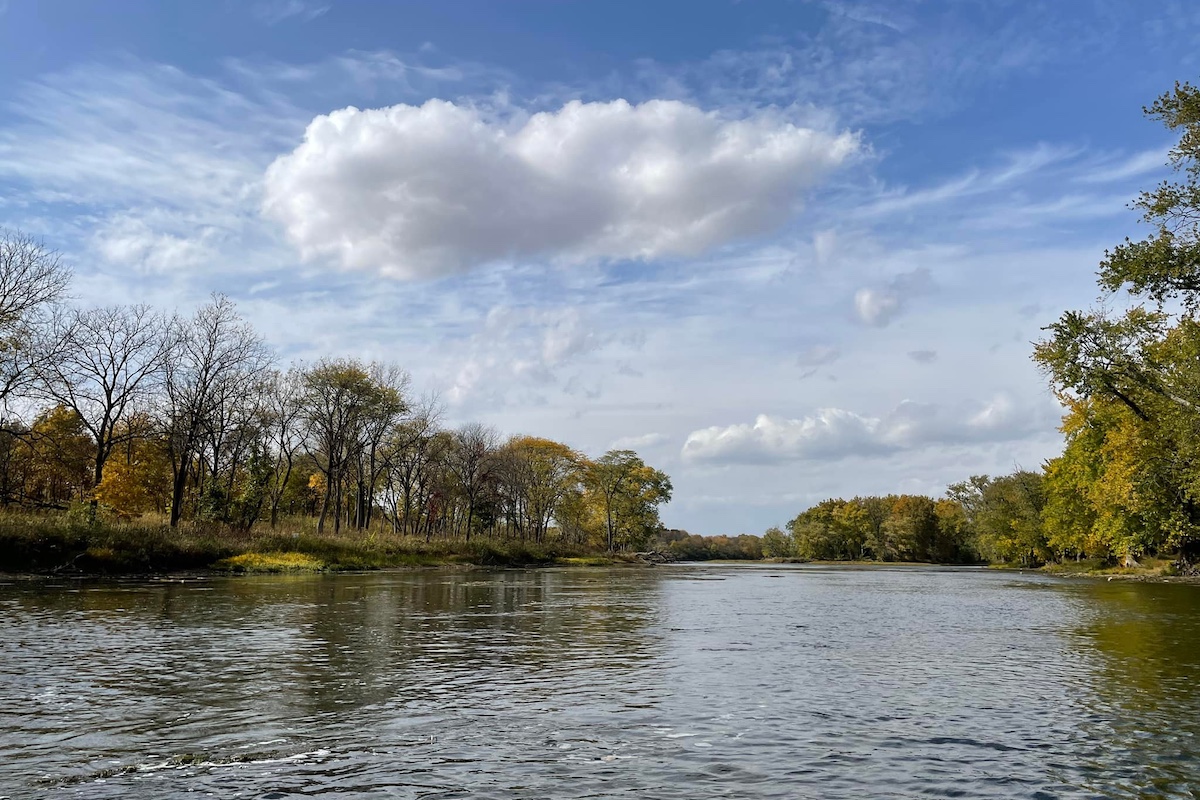

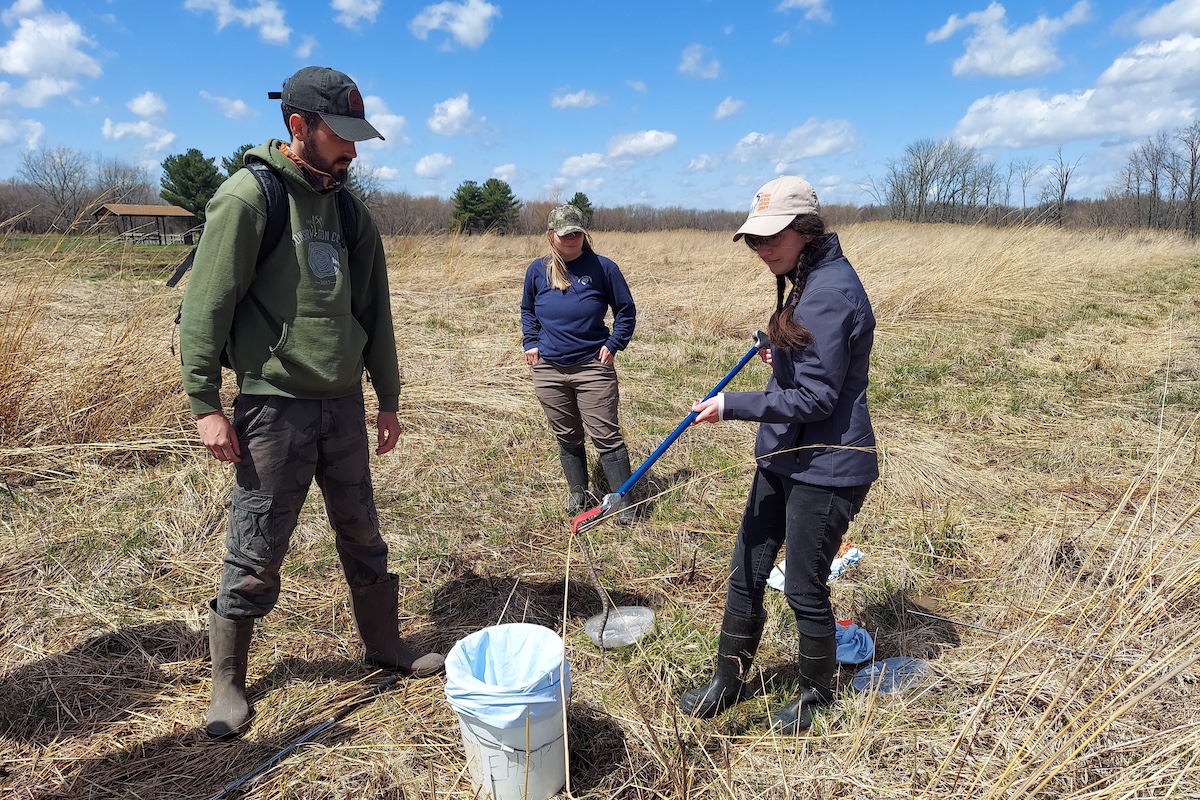

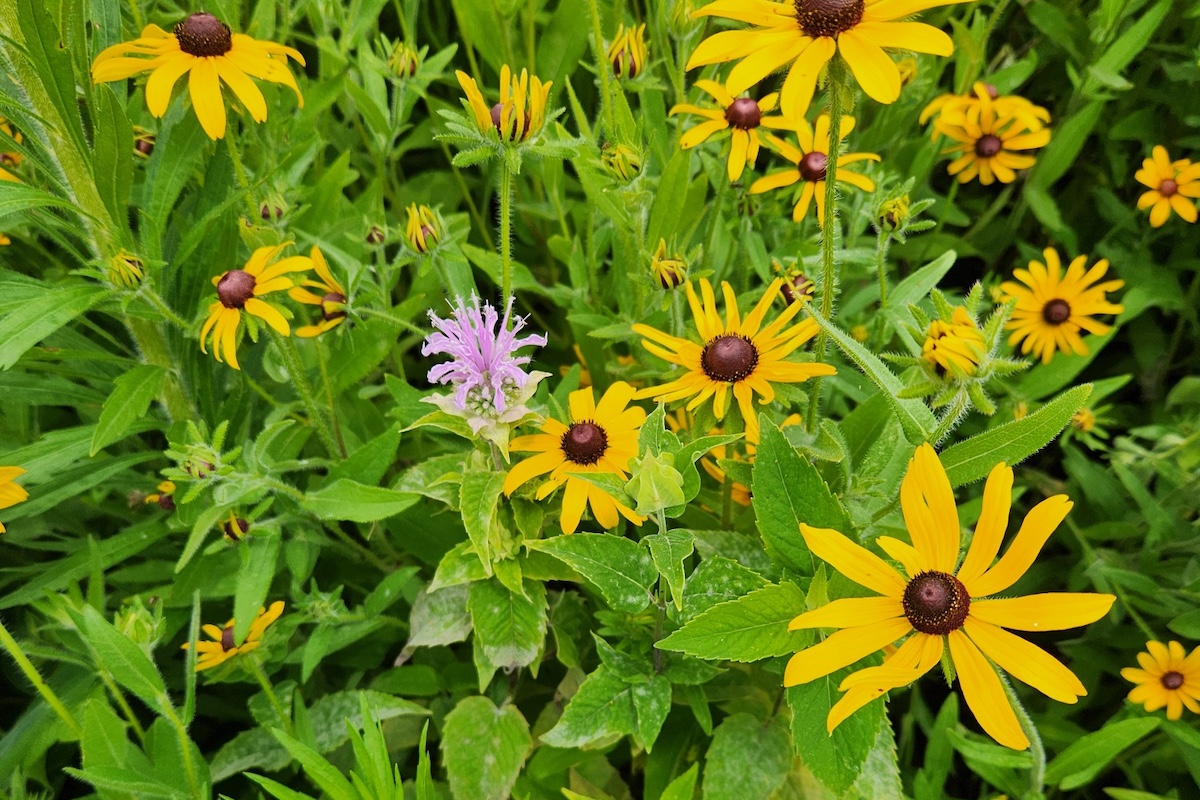

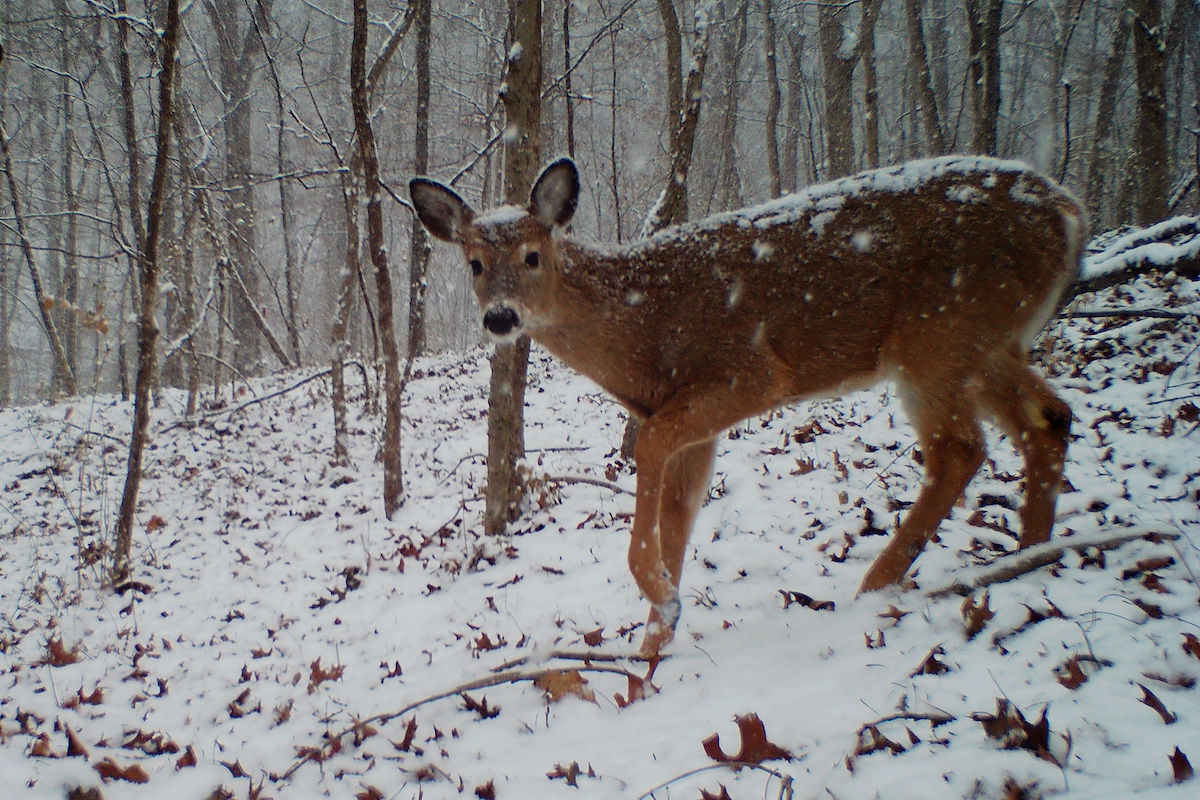
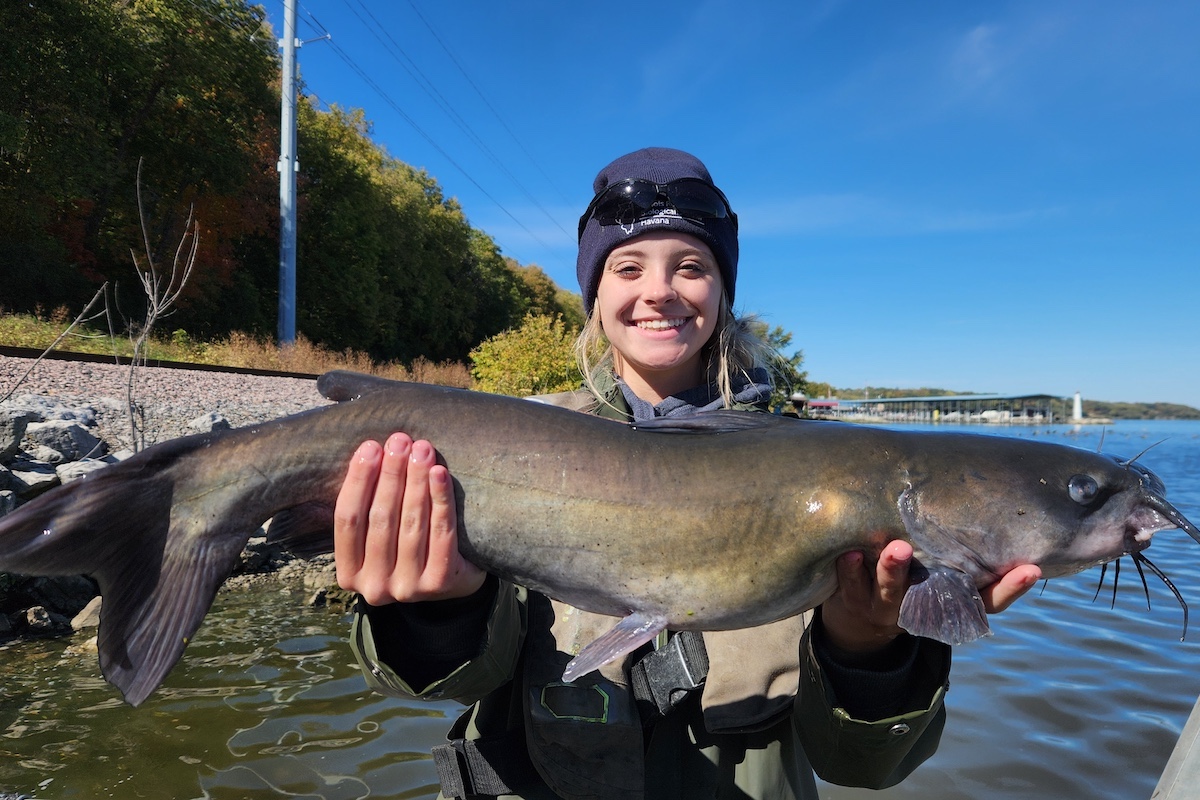
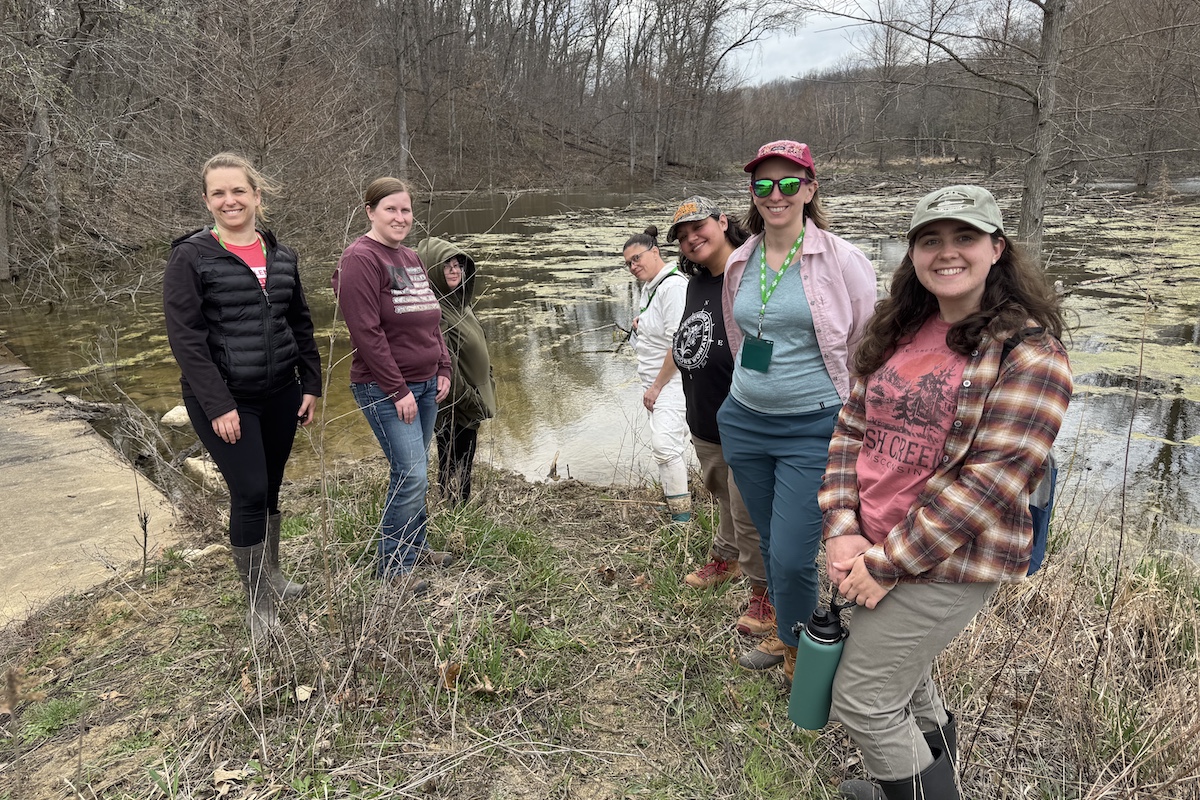
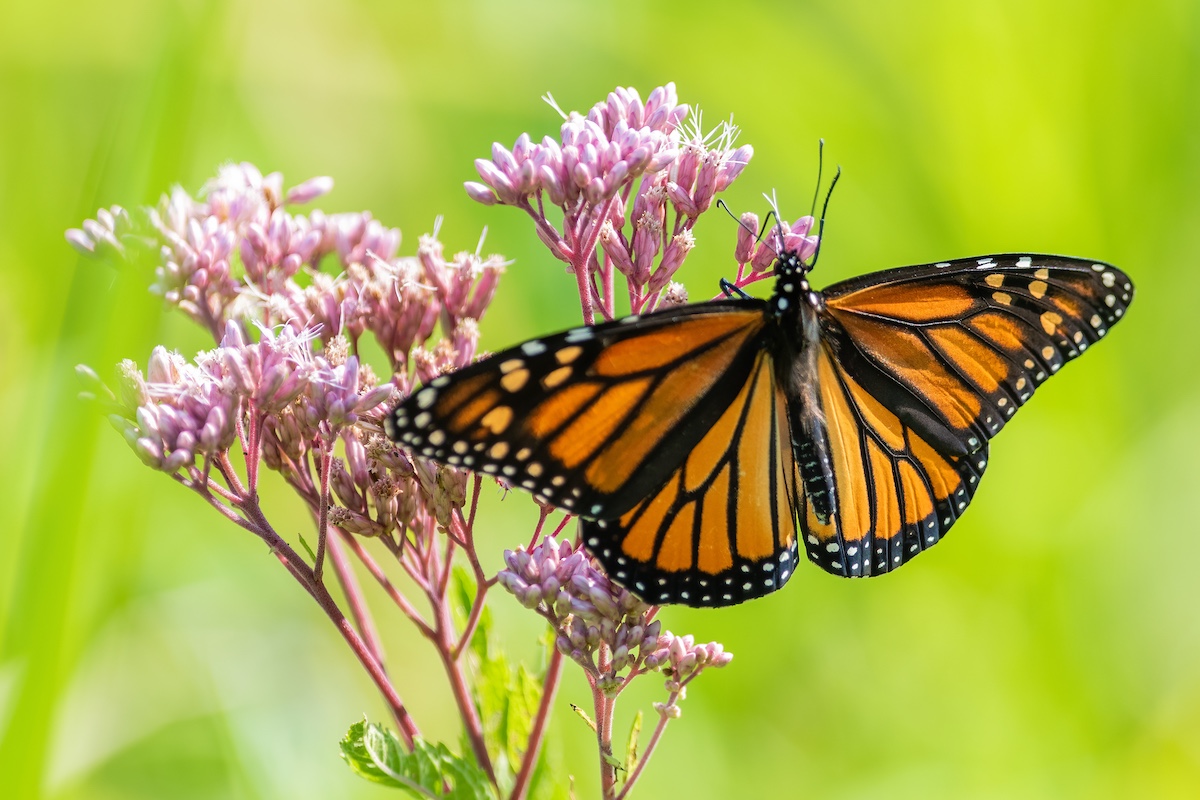
Submit a question for the author